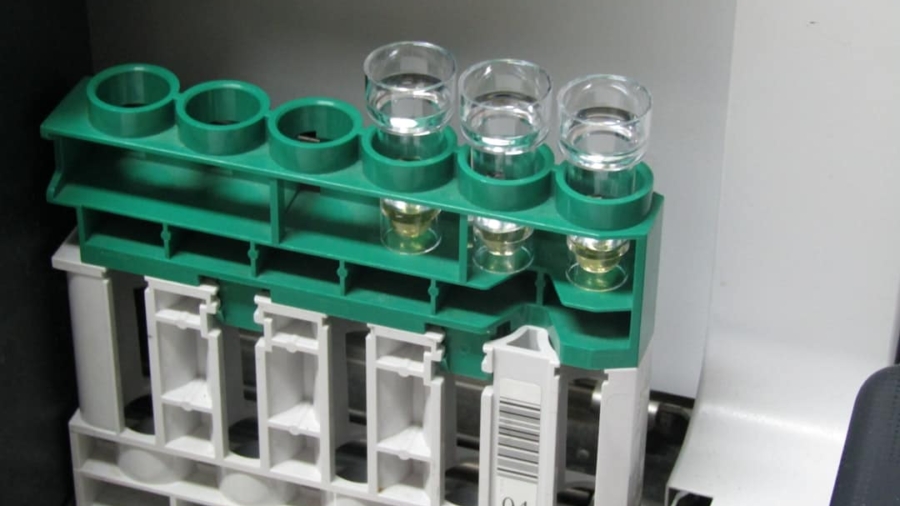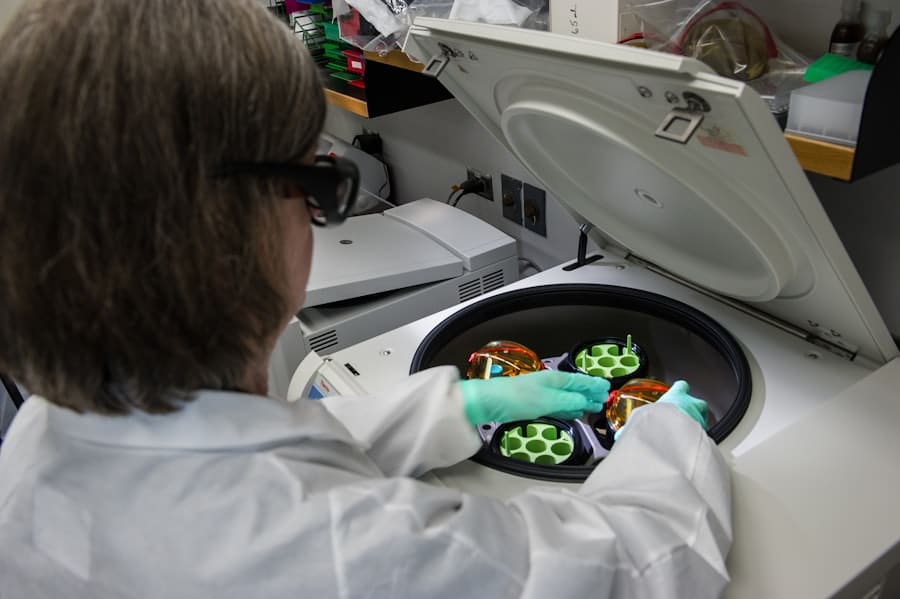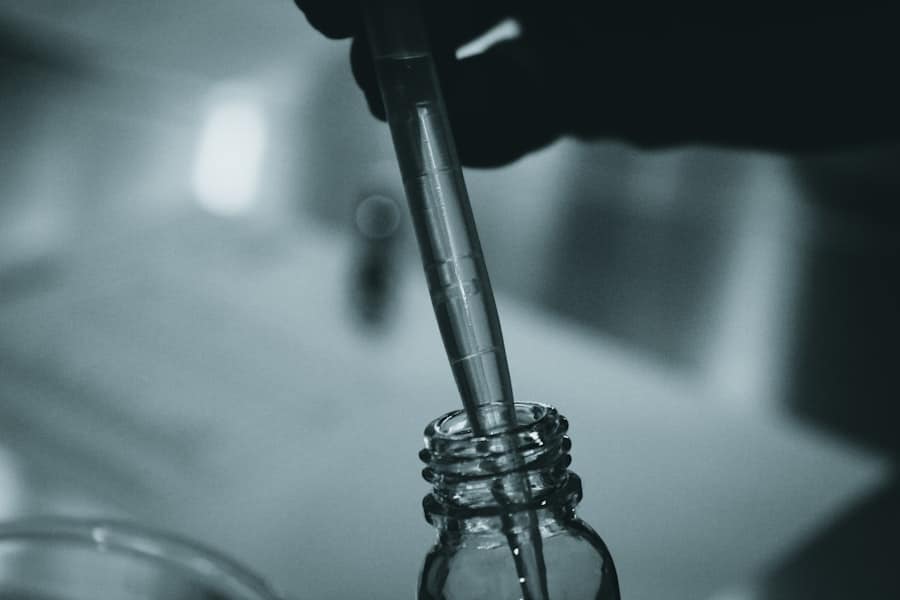The field of organ preservation has witnessed remarkable advancements in recent years, driven by the urgent need to address the growing gap between organ supply and demand. As the number of patients awaiting transplants continues to rise, innovative biotechnological solutions have emerged to enhance the viability and longevity of organs outside the human body. These innovations not only aim to extend the shelf life of organs but also seek to improve their functional integrity upon transplantation.
The integration of biotechnology into organ preservation is reshaping the landscape of transplant medicine, offering new hope for patients suffering from end-stage organ failure. Biotech innovations encompass a wide array of techniques and technologies, including cryopreservation, organ perfusion, bioprinting, nanotechnology, and bioengineering. Each of these approaches contributes uniquely to the preservation process, addressing specific challenges associated with organ storage and transportation.
As researchers continue to explore the potential of these technologies, the future of organ transplantation looks increasingly promising. This article delves into the various biotech innovations that are revolutionizing organ preservation, highlighting their mechanisms, applications, and implications for the field of transplantation.
Key Takeaways
- Biotech innovations are revolutionizing organ preservation, offering new hope for patients in need of transplants.
- Cryopreservation plays a crucial role in organ storage, allowing organs to be preserved at very low temperatures for extended periods of time.
- Advancements in organ perfusion techniques are improving the quality and viability of preserved organs, increasing the success rates of transplants.
- Bioprinting is making significant strides in organ preservation, allowing for the creation of custom-made organs using a patient’s own cells.
- Nanotechnology is being utilized to improve organ preservation by enhancing the delivery of nutrients and oxygen to preserved organs.
The Role of Cryopreservation in Organ Storage
The Challenge of Ice Crystal Formation
The main challenge in cryopreservation lies in preventing ice crystal formation during the freezing process, which can cause irreparable damage to cellular structures.
Advancements in Cryoprotectants
Recent advancements in cryoprotectants, substances that protect biological tissue from freezing damage, have enhanced the efficacy of cryopreservation for organs. For instance, the use of vitrification techniques has gained traction, where solutions are rapidly cooled to a glass-like state without forming ice crystals.
Promising Results and Future Potential
This method has shown promise in preserving liver and kidney tissues, with studies indicating that organs preserved through vitrification maintain better cellular integrity compared to those subjected to traditional freezing methods. As researchers continue to refine cryopreservation protocols, the potential for successfully storing whole organs for extended periods becomes increasingly feasible.
Advancements in Organ Perfusion Techniques
Organ perfusion techniques represent another significant advancement in organ preservation, focusing on maintaining organ viability through continuous blood flow or nutrient delivery during storage. This approach mimics the natural physiological conditions of the body, thereby reducing ischemic injury—the damage that occurs when blood supply is interrupted. Machine perfusion systems have been developed to facilitate this process, allowing for the preservation of organs such as kidneys and livers outside the body.
One notable example is the development of normothermic machine perfusion (NMP), which maintains organs at physiological temperatures while providing oxygenated blood and nutrients. NMP has been particularly effective in preserving livers for transplantation, as it allows for metabolic activity to continue during storage. Studies have demonstrated that livers preserved using NMP exhibit improved function post-transplant compared to those stored using traditional cold storage methods.
Furthermore, NMP provides an opportunity for real-time assessment of organ viability, enabling clinicians to make more informed decisions regarding transplant suitability.
The Impact of Bioprinting on Organ Preservation
Bioprinting is an innovative technology that has garnered significant attention in recent years for its potential applications in organ preservation and transplantation. This technique involves the layer-by-layer deposition of living cells and biomaterials to create three-dimensional structures that mimic natural tissues and organs. By utilizing bioprinting, researchers aim to develop functional organ models that can be used for drug testing, disease modeling, and ultimately, transplantation.
One of the most promising aspects of bioprinting is its ability to create vascularized tissues—structures that contain blood vessels essential for nutrient and oxygen delivery. The incorporation of vascular networks into bioprinted organs is crucial for their survival post-transplantation. Recent studies have demonstrated successful bioprinting of vascularized liver tissues that exhibit functionality similar to native liver cells.
As this technology continues to advance, it holds the potential not only to create transplantable organs but also to enhance existing preservation techniques by providing a platform for studying organ viability under various conditions.
Utilizing Nanotechnology for Improved Organ Preservation
Nanotechnology is emerging as a transformative force in organ preservation, offering novel solutions at the molecular level. By manipulating materials at the nanoscale, researchers can develop advanced preservation agents that enhance cellular stability and reduce damage during storage. Nanoparticles can be engineered to deliver cryoprotectants more effectively or to provide targeted protection against oxidative stress—one of the leading causes of cellular damage during preservation.
These nanoparticles can interact with lipid bilayers, preventing phase transitions that lead to membrane rupture. Additionally, nanocarriers can be designed to encapsulate cryoprotectants or antioxidants, ensuring their controlled release during preservation.
The integration of nanotechnology into organ preservation protocols not only enhances the efficacy of existing methods but also opens new avenues for research into novel preservation strategies.
Bioengineering Solutions for Organ Transplantation
Bioengineering plays a crucial role in addressing the challenges associated with organ transplantation by developing solutions that enhance organ viability and functionality. Tissue engineering approaches aim to create scaffolds that support cell growth and tissue regeneration, providing a foundation for developing transplantable organs. These scaffolds can be designed using biocompatible materials that mimic the extracellular matrix found in natural tissues.
One innovative bioengineering solution involves decellularization—removing cellular components from donor organs while preserving their structural framework. This process results in acellular scaffolds that can be repopulated with recipient cells, potentially reducing the risk of rejection and improving compatibility. Research has shown success in decellularizing hearts and lungs, paving the way for creating bioengineered organs that could one day be used in transplantation.
By combining bioengineering techniques with other preservation methods, such as perfusion or cryopreservation, researchers are working towards creating viable organs that can withstand the rigors of transplantation.
The Potential of Gene Editing in Organ Preservation
Gene editing technologies, particularly CRISPR-Cas9, have revolutionized molecular biology and hold significant promise for enhancing organ preservation strategies. By enabling precise modifications to genetic material, gene editing can be employed to improve organ compatibility and reduce rejection rates post-transplantation. For instance, researchers are exploring ways to edit genes associated with immune response in donor organs, making them less recognizable to the recipient’s immune system.
Moreover, gene editing can be utilized to enhance cellular resilience during preservation processes. By targeting genes involved in stress response pathways or apoptosis (programmed cell death), scientists can potentially increase the survival rates of cells during cryopreservation or perfusion. This approach could lead to improved outcomes for transplanted organs by ensuring that they retain their functionality after being subjected to preservation techniques.
Ethical Considerations and Future Directions in Biotech Innovations for Organ Preservation
As biotech innovations continue to advance in the field of organ preservation, ethical considerations become increasingly important. The prospect of creating bioengineered organs or utilizing gene editing raises questions about consent, ownership, and potential unintended consequences. For instance, while gene editing holds promise for improving organ compatibility, it also raises concerns about genetic modifications that could have unforeseen effects on human health or biodiversity.
Furthermore, equitable access to these advanced technologies must be addressed to ensure that all patients benefit from innovations in organ preservation. As these technologies develop, regulatory frameworks will need to evolve alongside them to ensure safety and efficacy while addressing ethical dilemmas. The future directions in biotech innovations for organ preservation will likely involve interdisciplinary collaboration among scientists, ethicists, policymakers, and healthcare professionals to navigate these complex issues responsibly.
In conclusion, the landscape of organ preservation is rapidly evolving due to groundbreaking biotechnological innovations. From cryopreservation and perfusion techniques to bioprinting and nanotechnology, each advancement contributes uniquely to enhancing organ viability and functionality. As researchers continue to explore these avenues while addressing ethical considerations, the potential for improving outcomes in organ transplantation becomes increasingly tangible.
The integration of these technologies not only holds promise for patients awaiting transplants but also paves the way for a future where organ shortages may become a challenge of the past.
A related article to “How Biotech Innovations Are Enhancing Organ Preservation” is “The Best VPS Hosting Providers 2023” which discusses the top virtual private server hosting options for the upcoming year. To learn more about VPS hosting providers, check out this article.
FAQs
What is organ preservation?
Organ preservation refers to the process of maintaining organs outside of the body in a way that keeps them viable for transplantation or other medical purposes.
Why is organ preservation important?
Organ preservation is important because it allows for the storage and transportation of organs for transplantation, research, and other medical purposes. It also helps to extend the viability of organs, increasing the likelihood of successful transplantation.
How are biotech innovations enhancing organ preservation?
Biotech innovations are enhancing organ preservation by developing new techniques and technologies to better preserve organs outside of the body. This includes advancements in organ storage solutions, preservation methods, and transportation systems.
What are some examples of biotech innovations in organ preservation?
Examples of biotech innovations in organ preservation include the development of new organ preservation solutions, such as perfusion systems that can keep organs viable for longer periods of time. There are also advancements in cryopreservation techniques and the use of biocompatible materials for organ storage.
What are the potential benefits of biotech innovations in organ preservation?
The potential benefits of biotech innovations in organ preservation include increased availability of viable organs for transplantation, improved outcomes for transplant recipients, and advancements in medical research and drug development.
Are there any challenges or limitations to biotech innovations in organ preservation?
Challenges and limitations to biotech innovations in organ preservation include the need for further research and development, regulatory hurdles, and the cost of implementing new technologies. Additionally, there may be ethical considerations surrounding the use of certain preservation methods.



